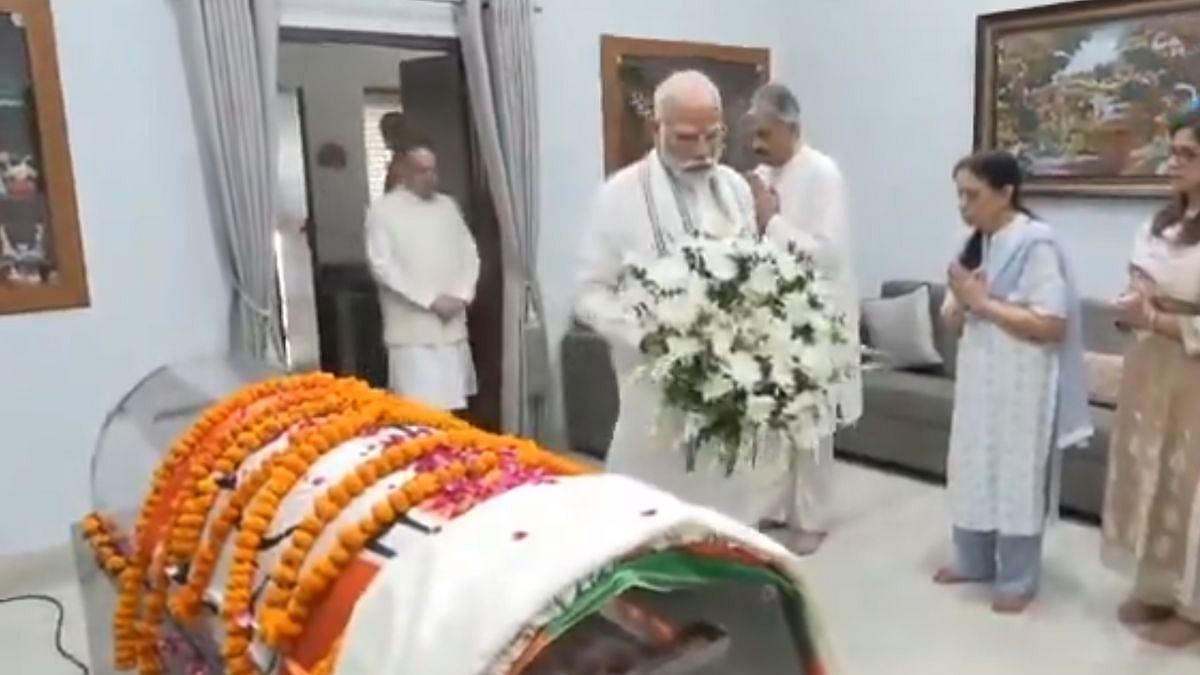aIs the ‘$ 5 trillion economy’ aspiration going to be the catchphrase for the next five years just like the ‘Make in India’ were the inspirational words in the last five years? This is pertinent because the entire focus of growth will be based on the paradigm we have chosen to pursue for the next five years. When the Make in India campaign began, it was often debated whether it meant that we should be self-sufficient or produce for the world. A different way of looking at this slogan was that the government would provide the right business environment to produce goods and services which is what was achieved. The government has limited scope for actually fostering growth by spending money as there are fiscal constraints. Therefore the Make in India campaign was more of getting the right policies in place which was done quite aggressively in almost all economic and social areas. The result was witnessed in the improvement in most global comparative indices on doing business and competitiveness. However, the impact on private sector investment was limited as witnessed by the relatively stagnant investment rates which got reflected in GDP growth.
When the government has spoken of creating a $ 5 trillion economy it can be said that the focus will be on making growth happen. If this were so, then we are talking of an economy of the size of Rs 375 lakh crore in the next few years. Can this be a five year target or a six year one? Considering that the economy is presently at Rs 190 lakh crore, assuming growth of 12% in nominal GDP growth on a sustained basis would require 6 years to reach this target which is FY25. If on the other hand we can register growth of 13% consistently in the next five years then it can be done by FY24, when the country goes to the polls.
The critical part is hence the nominal growth in GDP in the coming years. For this to happen the real GDP growth rate has to move from the present range of 7% to above 8% and inflation should remain in the region of not more than 5% as the latter can create problems on the monetary policy side. Hence to the question of whether we can become a $5 trillion economy, the answer is that we can achieve it in 5-6 years provided the economy grows continuously by 12-13% per annum. Slippages caused by natural circumstances or bold reforms like say demonetization can push back the process by a year or two but on the whole it looks quite achievable.
The task is really to get the economy growing along this path and practically speaking this journey will move in a gradual manner with growth rate moving up gently from 7% to 8% over the next 3-4 years. Given the state of our financial system which is typified by NPA and capital issues for banks and the NBFC crisis, it would take some time before it is back to normal as presently the attention has shifted from the former to the latter.
There are a number of pieces that have to fall together like consumption and investment from the private sector so that growth picks up speed. For this to happen employment creation has to pick up which is linked back again inexorably to consumption and investment as it is only when demand picks up that the backward linkages are forged across sectors causing more hiring of labour. This is where the government has to work to incentivize individuals and companies to work more and invest higher quantum of funds – the classic supply side economics tenets.
Reducing the corporate tax rate, reactivating the investment allowance, lowering tax on high income groups who are the big spenders, etc. have to be considered actively to spur consumption. Similarly government capex, though limited in size to just about Rs 3.3 lakh crore has to forge strong links with other sectors like steel, cement, machinery, etc. to generate jobs and output. All this takes time to materialize.
While numbers are still easier to achieve, the major challenge for the government would be to improve the quality of the economy associated with these numbers. For example, the present growth rate of 7% is not numerically unsatisfactory, but somehow one does not get a sense of confidence which went with the earlier numbers of 8% GDP growth where several sectors were booming, credit easily available, jobs being created, exports growing, farm output robust, etc. Therefore, simultaneously the government needs to works relentlessly to prop up agriculture, reducing inequality through redistribution schemes, and so on.
The present phase will be more challenging than the earlier one because while the ‘Make in India’ campaign took off, the government was able to introduce all the requisite policies as it was within its purview. However, when it comes to pushing the economy through the private sector, it is difficult because while an environment can be created, there can be no coercion. Unless capacity utilization improves, the private sector will not invest more. Unless there is clarity on all the IBC cases and the banks are willing to lend, will private players get into investing in infrastructure? The employment issue is tagged to this process which can lead to some degree of restlessness if not addressed in the next few months. The government is evidently cognizant of these challenges and has hence already set in motion plans to address all these issues.
The writer is chief economist, CARE Ratings. The views are personal.





